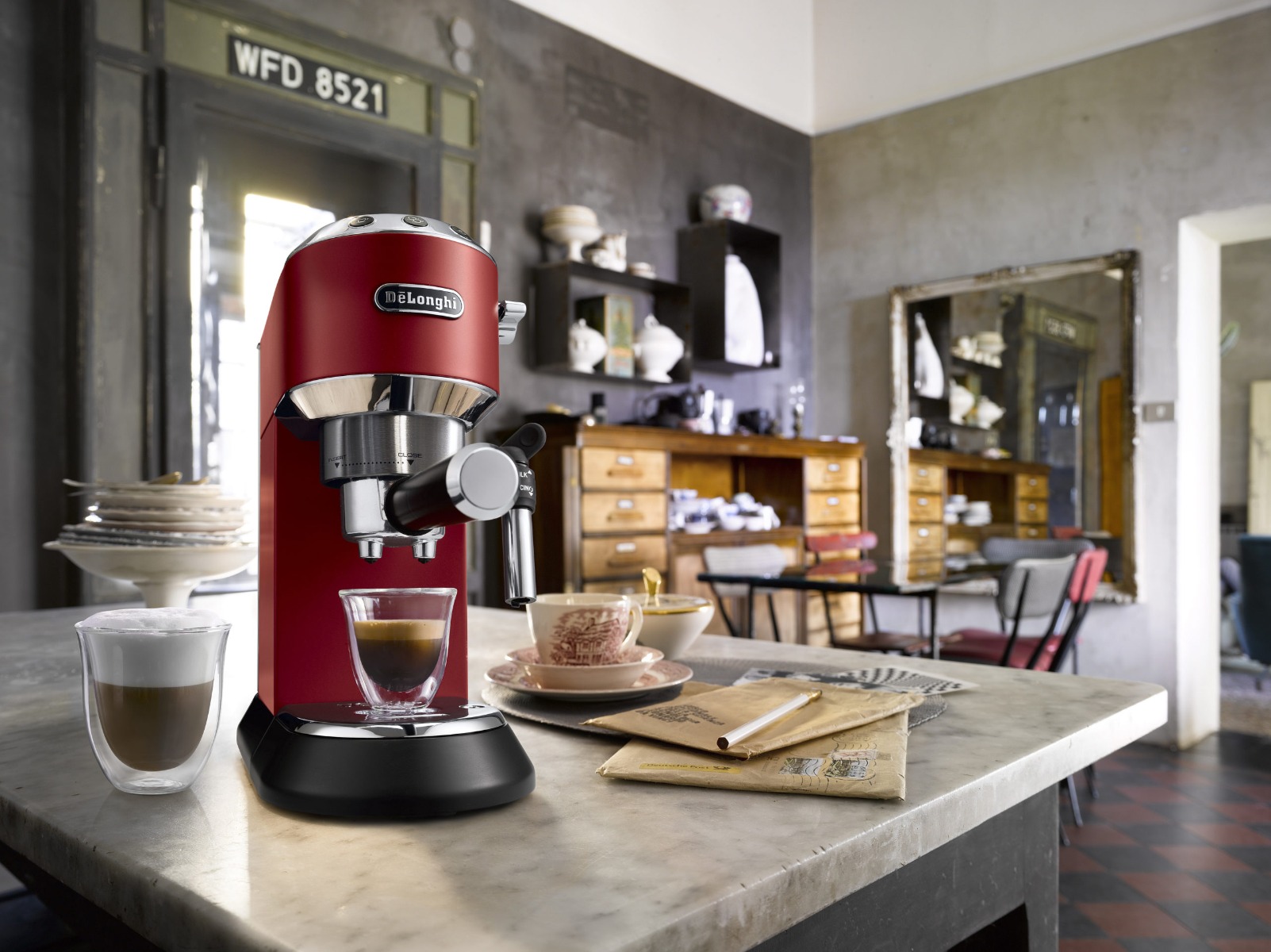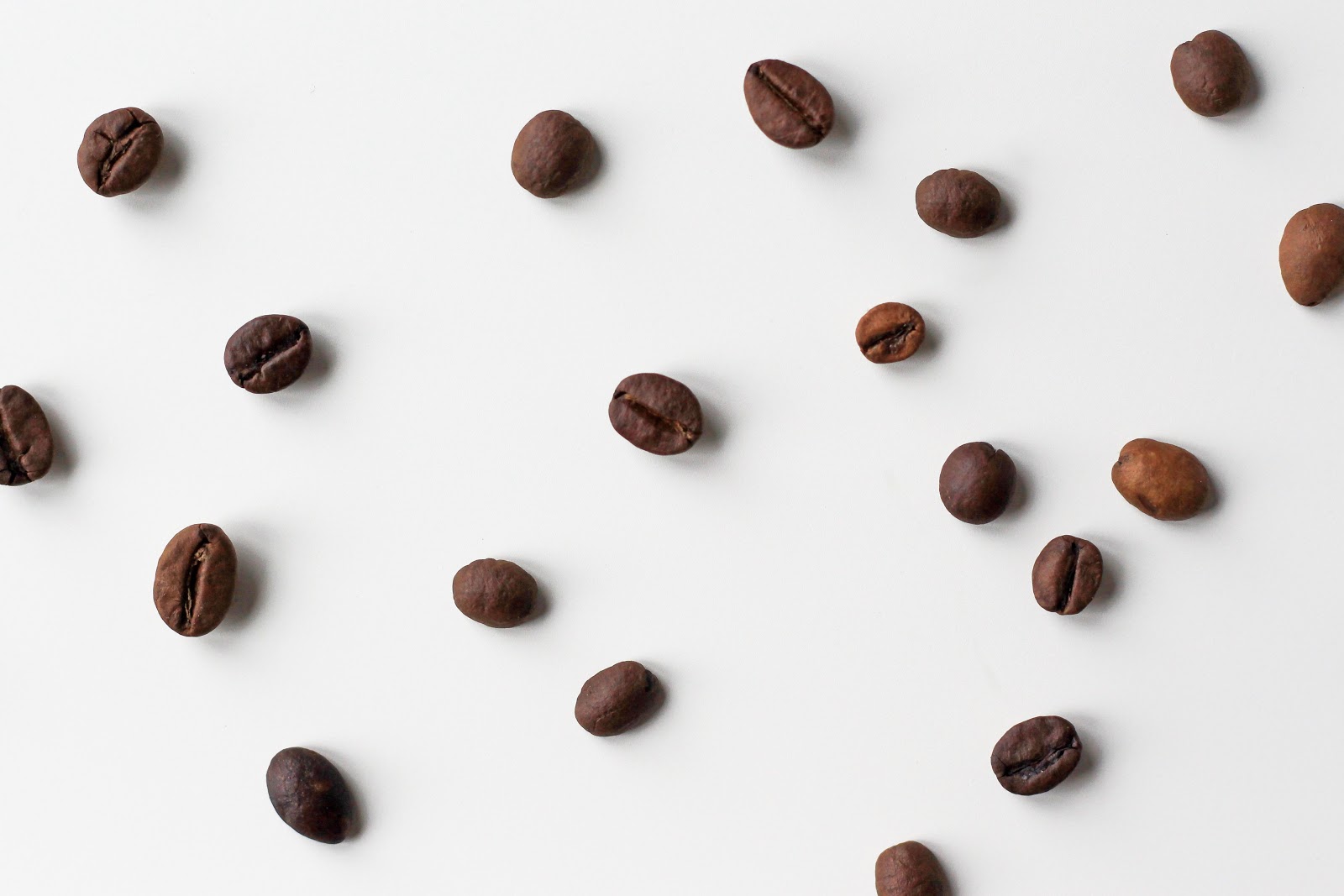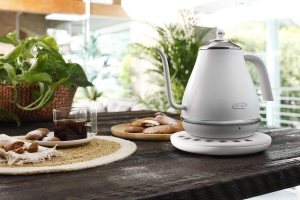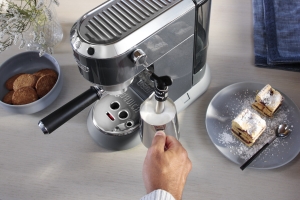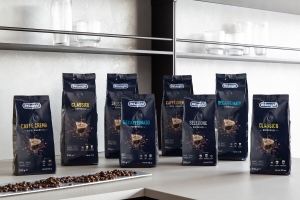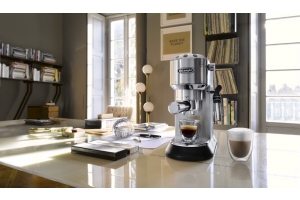coffee myths
-
Posted: June 09, 2021Categories: Coffee 101
-
Posted: May 12, 2021Categories: Coffee 101
-
Posted: March 17, 2021Categories: The ToolsRead more »
Your daily caffeine fix can add up to be an expensive habit, especially if you’ve been getting yours from your favourite café. Perhaps you’ve considered getting a coffee machine at home but are still on the fence about it. We bust four common myths about owning and using a coffee machine.
Myth 1: A Coffee Machine Is More Expensive than Buying Coffee
[caption id="attachment_11919" align="alignnone" width="1920"] Your daily coffee run costs can add up before you know it. Photo from Ben Yang.[/caption] Truth: Some automatic coffee machines may come with heavy price tags but have you ever thought about how much you are really spending per year if you’ve been buying your daily coffee from a café? On average, a regular cup of coffee from your favourite joint can cost you around SGD$4.50/RM10. Multiply that by two coffees a day for every day of the year and you would have spent SGD$3,285/RM7300 on just coffee alone! If cost is a concern, you’ll be happy to know that there are options for every type of budget. More importantly, price isn’t a measure of performance and quality. On top of that, a good quality machine should last you about five to eight years. If you add up the cost of the machine (and how long it will last), coffee beans, milk (if you drink yours white), and maintenance per year, it will still be less than buying your coffee from a café daily.
Your daily coffee run costs can add up before you know it. Photo from Ben Yang.[/caption] Truth: Some automatic coffee machines may come with heavy price tags but have you ever thought about how much you are really spending per year if you’ve been buying your daily coffee from a café? On average, a regular cup of coffee from your favourite joint can cost you around SGD$4.50/RM10. Multiply that by two coffees a day for every day of the year and you would have spent SGD$3,285/RM7300 on just coffee alone! If cost is a concern, you’ll be happy to know that there are options for every type of budget. More importantly, price isn’t a measure of performance and quality. On top of that, a good quality machine should last you about five to eight years. If you add up the cost of the machine (and how long it will last), coffee beans, milk (if you drink yours white), and maintenance per year, it will still be less than buying your coffee from a café daily. Myth 2: It Will Be Too Complicated to Operate
[caption id="attachment_11920" align="alignnone" width="970"]
-
Posted: November 25, 2020Categories: The BeanRead more »
The common conception of coffee is that of a dark, bitter, and caffeinated beverage that is derived from brown beans. Here’s the truth - technically, coffee beans aren’t beans. They are seeds from a fruit. So, grab a cup of your favourite brew as we pick out some rich and tasty facts about the coffee cherry.
1. Did you know that coffee is a fruit?
Surprise, surprise! You may or may not have known that coffee grows on a tree, and the beans are in fact, the pit of a fruit. That fruit largely resembles a cherry, which gives it its name - coffee cherry.2. The anatomy of a coffee cherry
[caption id="attachment_10360" align="alignnone" width="1024"] A typical coffee cherry contains two seeds that become coffee beans once roasted. Photo from Blue Coffee Box.[/caption] The cherry’s exterior is hard and waxy, with a juicy flesh lining the interior. Underneath that lining lies the pulp, which resembles the pulps of an orange. It has a slimy texture but contains complex sugars that provide sustenance for the cherry. Once you open up the pulp, you will find two seeds that are protected by a paper-like layer, which will come off during processing. Once the seeds are roasted, they will transform into the brown coffee beans that we are all familiar with.
A typical coffee cherry contains two seeds that become coffee beans once roasted. Photo from Blue Coffee Box.[/caption] The cherry’s exterior is hard and waxy, with a juicy flesh lining the interior. Underneath that lining lies the pulp, which resembles the pulps of an orange. It has a slimy texture but contains complex sugars that provide sustenance for the cherry. Once you open up the pulp, you will find two seeds that are protected by a paper-like layer, which will come off during processing. Once the seeds are roasted, they will transform into the brown coffee beans that we are all familiar with. 3. How is a coffee tree planted?
As long as the bean is not processed, it can be planted to grow into a coffee tree. There are four main coffee bean-growing regions around the world: Central America, South America, Africa and Indonesia. Known as the Coffee Belt, these regions share a tropical climate and have rich environments that support the growth of co -
Posted: April 01, 2020Categories: The ToolsRead more »
For some coffee drinkers, all espresso machines are the same: they make espresso. But for the more discerning coffee lover, this isn't the case, particularly those who brew their own coffee at home. In fact, there are a few types of espresso makers, each producing varying qualities of espresso. One of the biggest differences between espresso machines is whether or not it is pump-driven, as espresso is made by pushing hot water through ground coffee. There are three main types of espresso machine: lever-driven, steam-driven and pump-driven. For the purposes of this article, we’ll focus on steam-driven and pump-driven machines, as they are the most common types found on the market today.
Firstly – what makes a good espresso?
[caption id="attachment_6414" align="alignnone" width="2560"] Observe the frothy thickness of the crema. Photo from Blake Richard Verdoorn[/caption] How you make your espresso has a significant impact on the quality of your brew, especially the type of espresso machine you use. One of the ways to measure your espresso’s quality is through the crema produced – you should aim to get crema that is foamy and golden. But do note that some coffee beans contain less oil, which results in less crema. Taste-wise, a well-pulled espresso will have the perfect combination of bitterness, sweetness and acidity.
Observe the frothy thickness of the crema. Photo from Blake Richard Verdoorn[/caption] How you make your espresso has a significant impact on the quality of your brew, especially the type of espresso machine you use. One of the ways to measure your espresso’s quality is through the crema produced – you should aim to get crema that is foamy and golden. But do note that some coffee beans contain less oil, which results in less crema. Taste-wise, a well-pulled espresso will have the perfect combination of bitterness, sweetness and acidity.
-
Posted: March 25, 2020Categories: The BeanRead more »
So, you’ve treated yourself to a fresh bag of coffee beans. How do you care for the coffee beans to make sure your morning java stays fresh for as long as possible? Better care of coffee beans makes better-tasting coffee ― and that’s something all of us would appreciate in the morning to boost our energy for the day ahead. For the best cup of coffee, it comes down to knowing the different sizes of grind, how you properly store your beans, and what you should do to maximise the freshness and flavour. Here are some tips and tricks to get the most out of your caffeine hit. Read on to find out the best way to keep your coffee fresh.
Buy just the right amount
[caption id="attachment_6436" align="alignnone" width="2560"] The best way to ensure the freshness of your coffee is to buy less, but more frequently. Photo from Victor Munoz[/caption] The best way to enjoy your coffee is when it’s fresh. Your coffee beans begin to lose freshness almost immediately after roasting. The best way to ensure the freshness of your coffee is to buy less, enough for one or two weeks, but more frequently. The life span of your roasted coffee beans is approximately 4 to 5 weeks. Coffee beans older than that will not make you sick, but it will never taste as good as when it’s fresh. Here's more reasons why you should care about your coffee bean's roasting date. Our Kimbo Espresso Coffee Beans 100% Arab
The best way to ensure the freshness of your coffee is to buy less, but more frequently. Photo from Victor Munoz[/caption] The best way to enjoy your coffee is when it’s fresh. Your coffee beans begin to lose freshness almost immediately after roasting. The best way to ensure the freshness of your coffee is to buy less, enough for one or two weeks, but more frequently. The life span of your roasted coffee beans is approximately 4 to 5 weeks. Coffee beans older than that will not make you sick, but it will never taste as good as when it’s fresh. Here's more reasons why you should care about your coffee bean's roasting date. Our Kimbo Espresso Coffee Beans 100% Arab
-
Posted: January 08, 2020Categories: Coffee 101
-
Posted: December 18, 2019Categories: Coffee 101
-
Posted: September 04, 2019Categories: Coffee 101






